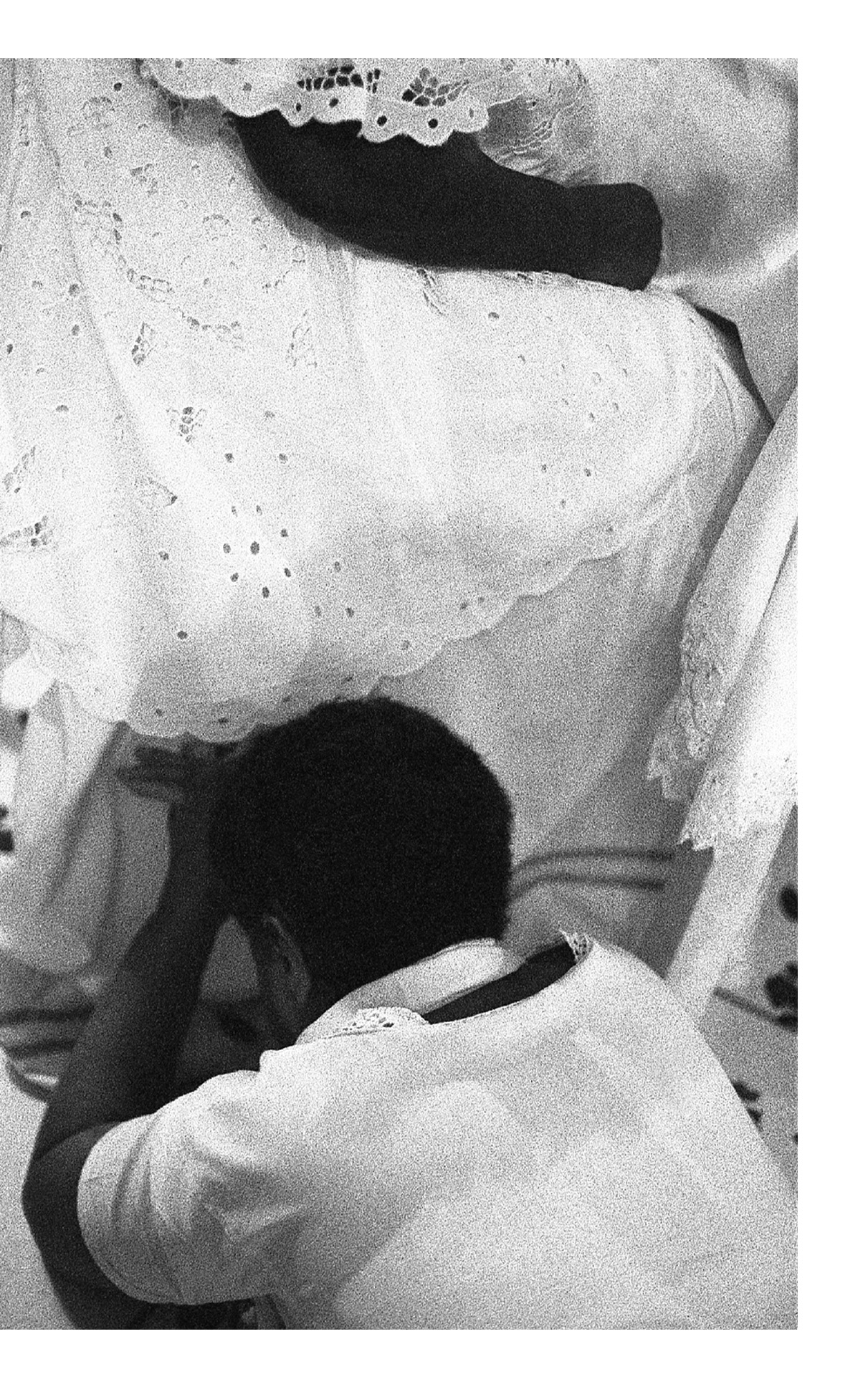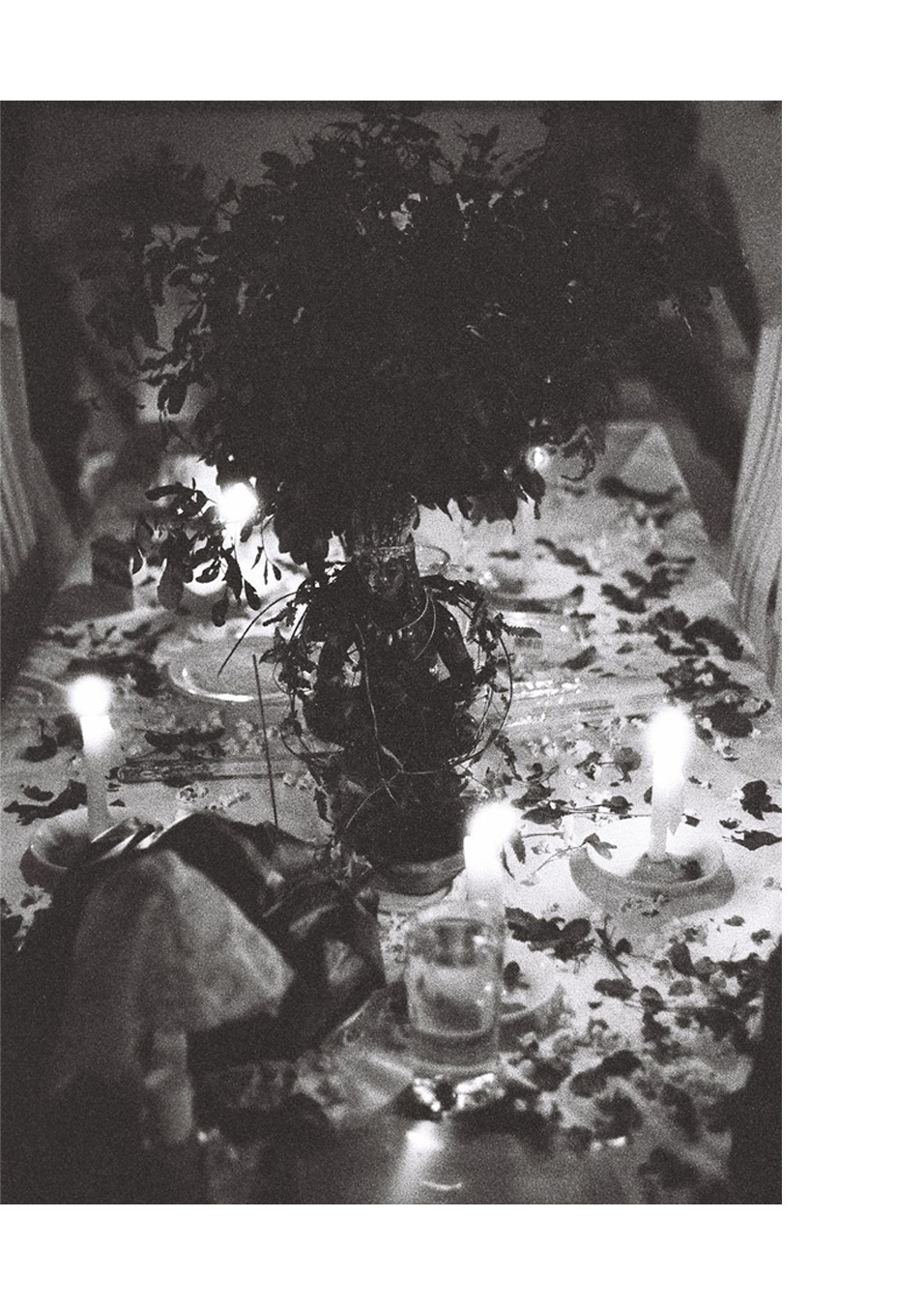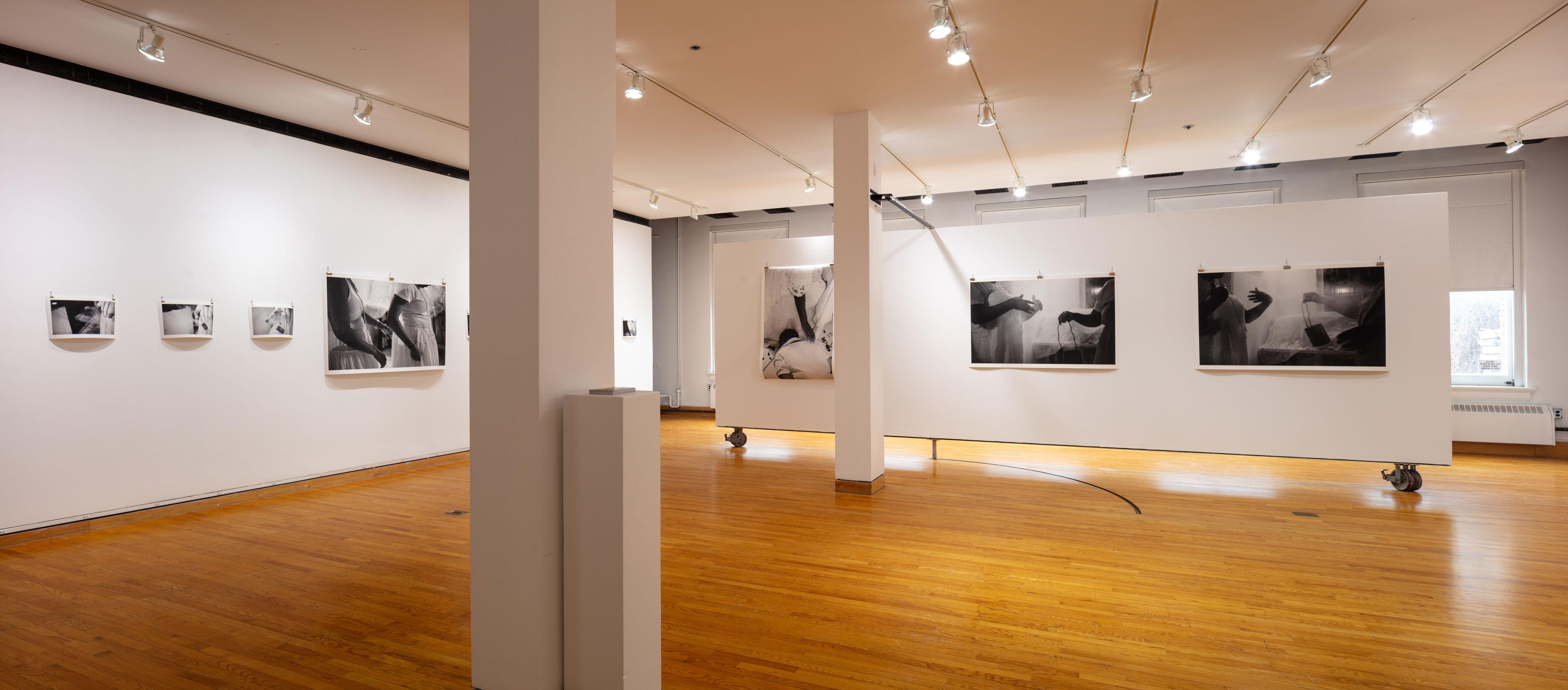← Back to Projects
Husserl and Spatiality: A Phenomenological Ethnography of Space
2021 - 2022
Husserl and Spatiality is an exploration of the phenomenology of space and embodiment, based on the work of Edmund Husserl. Little known in architecture, Husserl’s phenomenology of embodied spatiality established the foundations for the works of later phenomenologists, including Maurice Merleau-Ponty’s well-known phenomenology of perception.
Through a detailed study of his posthumously published and unpublished manuscripts on space, DuFour examines the depth and scope of Husserl’s phenomenology of space. The book investigates his analyses of corporeity and the “lived body,” extending to questions of intersubjective, intergenerational, and geo-historical spatial experience, what DuFour terms the “environmentality” of space.
Combining in-depth architectural philosophical investigations of spatiality with a rich and intimate ethnography, Husserl and Spatiality speaks to themes in social and cultural anthropology, from a theoretical perspective that addresses spatial practice and experience. Drawing on fieldwork in Brazil, DuFour develops his analyses of Husserl’s phenomenology through spatial accounts of ritual in the Afro-Brazilian religion of Candomblé. The result is a methodological innovation and unique mode of spatial description that DuFour terms a “phenomenological ethnography of space.” The book’s profoundly interdisciplinary approach makes an incisive contribution relevant to academics and students of architecture and architectural theory, anthropology and material culture, and philosophy and environmental aesthetics.

Māe-de-santo confers bênçāos ("blessings"). Photo by Tao DuFour.

Table setting for the reuniões, part of the ritual structure of Candomblé. Photo by Tao DuFour.
Photographic documentation constitutes an important, although latent, aspect of the book’s descriptive intention and argument. They offer photographically mediated insight into the lived experience of Afro-Brazilian religious praxes. Specifically, they document reuniões or “gatherings” that were part of the ritual structure of an Afro-Brazilian religion called Candomblé.

Exhibition of photographs and fieldwork at John Hartell Gallery, Cornell AAP.

Exhibition of photographs and fieldwork at the Cooper Union.
The field notes and sketches exhibited at John Hartell Gallery in Cornell AAP and The Cooper Union were taken from DuFour’s field notebook, used during his ethnographic fieldwork. They, together with the exhibited photographs, capture significant aspects of lived experience in the field, and indicate the methodological dimensions of DuFour’s fieldwork. They offer insight into the concrete workings of fieldwork, in which writing functioned as a mode of experience. Apart from one of the sketches—the plan of a room—these notes and sketches were not included in the published book and were exhibited for the first time.
The initial book launch for Husserl and Spatiality took place on February 11, 2022 at The Cooper Union which included a panel discussion with Tao DuFour, Leslie Hewitt, Natalie Melas, Elizabeth O'Donnell, Jorge Otero-Pailos, and Anthony Vidler alongside an exhibition of field notes, sketches, and photographs of the Candomblé ritual. A second book launch and accompanying exhibition took place on March 28, 2022 at John Hartell Gallery, Cornell AAP, including a panel discussion with Tao DuFour, Viranjini Munasinghe, Jeremy Foster, and Maria Goula, moderated by Sean Anderson.

A book launch for Husserl and Spatiality took place on February 11, 2022 at The Cooper Union which included a panel discussion with Tao DuFour, Leslie Hewitt, Natalie Melas, Elizabeth O'Donnell, Jorge Otero-Pailos, and Anthony Vidler alongside an exhibition of field notes, sketches, and photographs of the Candomblé ritual.






